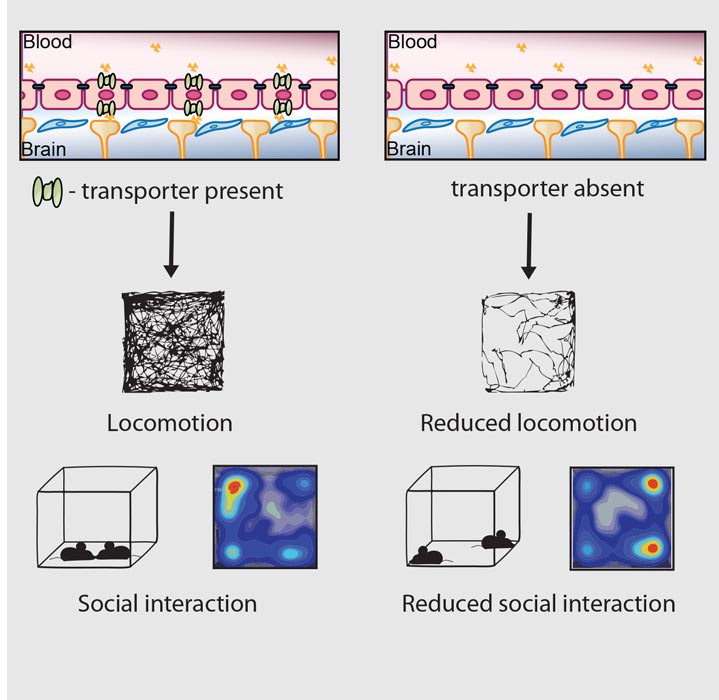December 2, 2016
New form of autism found
An international team of researchers led by scientists at IST Austria identified a new form of syndromic autism | Study published in Cell

Autism spectrum disorders affect around one percent of the world’s population and are characterized by a range of difficulties in social interaction and communication. In a new study published in Cell, a team of researchers led by Gaia Novarino, Professor at IST Austria, has identified a new genetic cause of ASD. Gaia Novarino explains why this finding is significant: “There are many different genetic mutations causing autism, and they are all very rare. This heterogeneity makes it difficult to develop effective treatments. Our analysis not only revealed a new autism-linked gene, but also identified the mechanism by which its mutation causes autism. Excitingly, mutations in other genes share the same autism-causing mechanism, indicating that we may have underscored a subgroup of ASDs.”
“The identification of novel genes, especially in heterogeneous diseases such as autism, is difficult. However, as result of a collaborative effort, we were able to identify mutations in a gene called SLC7A5 in several patients born to consanguineous marriages and diagnosed with syndromic autism”, points out Dr. Caglayan, Chairman of the Department of Medical Genetics in the School of Medicine at İstanbul Bilim University in Turkey and co-author of the study.
SLC7A5 transports a certain type of amino acids, the so-called branched-chain amino acids (BCAA), into the brain. To understand how mutations of SLC7A5 lead to autism, the researchers studied mice in which SLC7A5 is removed at the barrier between the blood and the brain. This reduces the levels of BCAAs in their brain, and interferes with protein synthesis in neurons. Consequently, the mice show reduced social interaction and other changes in their behavior, which are also observed in other autism mouse models. In a previous study, Gaia Novarino and colleagues identified a mutation in a gene that is involved in the breakdown of these same amino acids in several patients with ASD, intellectual disability and epilepsy. “Of course, not all genes causing autism affect amino acid levels, and these forms of autism are unarguably very rare, but it is possible that even more autism-causing genes fall in this group.” explains Gaia Novarino.
Notably, the researchers were able to treat some of the neurological abnormalities in the adult mice missing SLC7A5 at the blood-brain barrier. After delivering BCAAs straight into the mice’s brains for three weeks, the authors observed an improvement in behavioral symptoms. Dora Tarlungeanu, PhD student in Gaia Novarino’s group and first author of the study, is excited about the outlook this result gives: “Our research found a potential treatment for certain symptoms presented in this form of ASD in mice but translation into a treatment for ASD patients will require many years of additional research.” The researchers’ results contrast with the idea that ASDs are always irreversible conditions. The way they treated symptoms in the mice can, of course, not directly be used in humans. But they show that some of the neurological complications presented by mice missing Slc7a5 can be rescued, and so it is possible that – eventually – patients may be treated as well.



